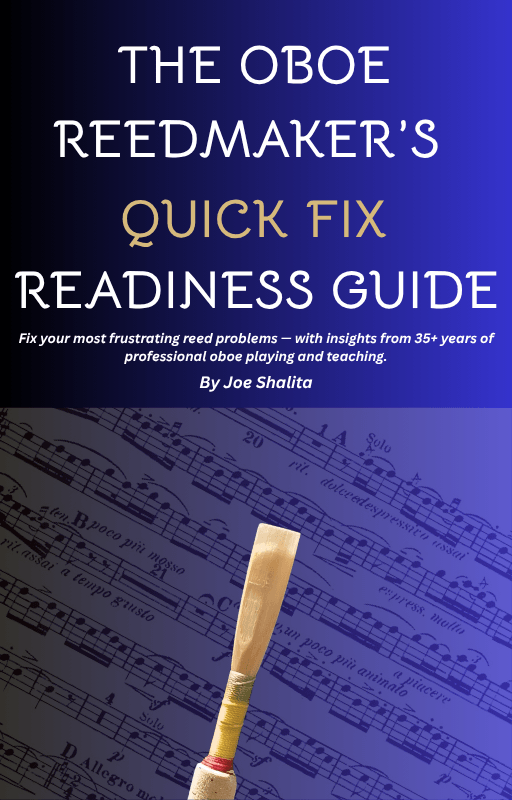Common Pitfalls in Reed Making and How to Avoid Them
Common Pitfalls in Reed Making and How to Avoid Them
Reed making is an essential skill for oboists, but it’s also a process filled with challenges. Even experienced reedmakers encounter issues that affect playability, tone, and response. Here are some common pitfalls in reed making and practical ways to avoid them.
1. Using Poor-Quality Cane
Not all cane is created equal. If your reeds lack stability or consistency, low-quality cane may be the culprit.
How to avoid it:
Source cane from reputable suppliers known for quality control.
Test small batches before committing to a large order.
Look for cane with even fiber distribution and good density.
2. Over- or Under-Scraping the Tip
The tip is crucial for response and articulation. Too much scraping can make the reed weak and unstable, while too little scraping can cause resistance and a harsh sound. I feel it is probably best to not over-scrape the tip, especially in the beginning. Arrive at the correct thickness, not start at the correct thickness.
How to avoid it:
Scrape gradually and test frequently.
Aim for a thin yet resilient tip that vibrates freely.
Check for evenness by holding the reed up to the light.
3. An Unbalanced Heart
The heart of the reed provides core and stability to the sound. If it’s too thick, the reed may feel unresponsive; too thin, and the sound may become thin or unfocused. Remember that the heart keeps the upper register sitting up. Don't over-scrape.
How to avoid it:
Scrape in small increments, keeping the heart intact while refining the shape.
Maintain a smooth transition from the heart to the tip.
Play-test at different dynamics to assess response.
4. Poorly Shaped Rails
The sides of the reed, or rails, help control tone and stability. Uneven rails can lead to an imbalanced sound and unpredictable response. Make sure your rails are the same on both sides and both blades.
How to avoid it:
Use a sharp knife to ensure clean and controlled scraping.
Check symmetry by observing the reed’s shape from different angles.
Avoid scraping too much off one side.
5. Inconsistent Knife Blade Sharpness
A dull knife results in imprecise cuts, leading to uneven scraping and difficulty in shaping the reed.
How to avoid it:
Regularly sharpen your knife using a fine whetstone.
Keep a consistent blade angle while sharpening.
Test the sharpness by gently shaving a piece of cane.
7. Neglecting to Soak the Reed Properly
Dry or improperly soaked reeds can be brittle and difficult to adjust. The reed must be soaked but not over-soaked. If the reed gets too open, insert the plaque in and squeeze the opening down.
How to avoid it:
Soak reeds in room-temperature water for a few minutes before scraping.
Avoid over-soaking, which can make the cane too soft and unstable.
Experiment with soaking times to find the ideal balance.
Final Thoughts
Reed making is both an art and a science. Avoiding these common pitfalls will help you craft reeds that are stable, responsive, and suited to your playing style. With patience, careful adjustments, and consistent practice, you’ll develop a more reliable and enjoyable reed-making process.
Copyright ©2025 Making Oboe Reeds




